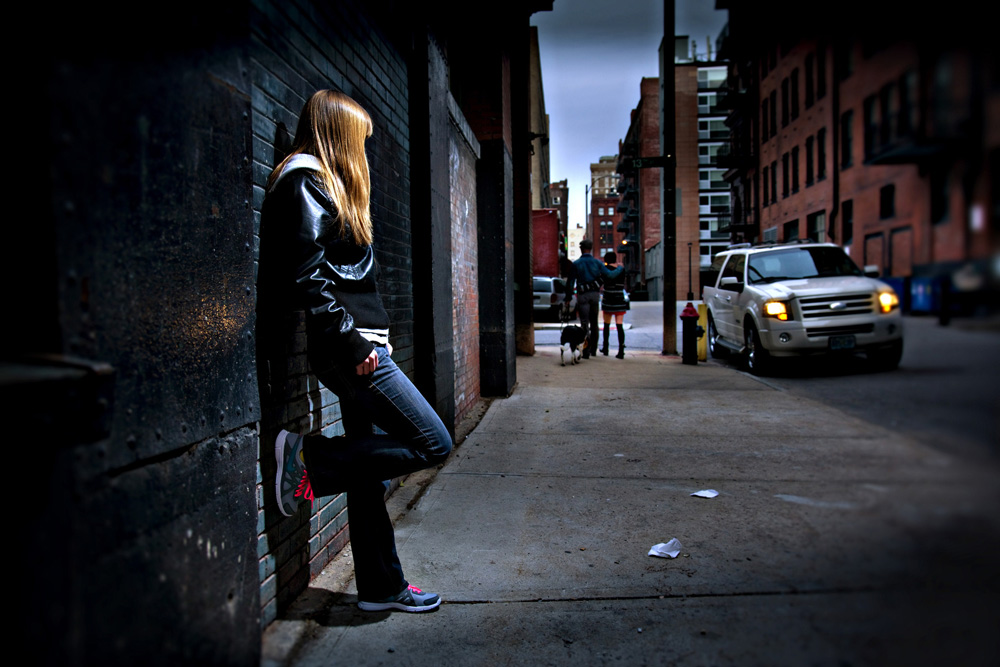Trafficking victims and survivors live mostly in the shadows of society. Because this crime is largely hidden and underreported, we don't have a clear sense of its scope. Its limited exposure lessens awareness, making it easier for people – especially young people – to fall prey to traffickers.
In recent years, advocacy groups have made greater efforts to broadcast the warning signs of trafficking. While technology helps spread the word, it also can become one more way for people to become distracted from the threat or even succumb to it.
The sister who wrote the article featured in this lesson first encountered trafficking survivors through her official duties. We each have unique paths to awareness. In a world where fast food coffee cups come with heat warnings and most any weather threat merits urgent coverage, advocates like Sr. Christensen provide needed visibility for human trafficking.
Encourage your students to grow in their awareness, not only of how they can protect themselves from traffickers but how they can be alert to ways of helping others. Look for ways to personalize the issue and consider the people behind the statistics.
Apply or wrap a large bandage on the wrist above your writing hand, then conceal it with a long-sleeved garment. Begin activity with this introduction:
"We are surrounded by warnings and alerts, devices and symbols that make us aware of dangers around us. Let's brainstorm a list of these."
As students begin to respond, jot their feedback on classroom board or newsprint. Let clothing fall back to expose bandage. If a student asks about bandage, tell them you'll share the story after the class finishes brainstorming.
Possible responses might include:
- Smoke detectors
- Fire alarms
- Warning labels on products
- Amber alerts and weather alerts on smartphones
- Cautions from parents or other people
Ask the following:
- What is the difference between a written or spoken warning and an alarm? (One tells about potential danger; the other is sounded when something bad is under way or has taken place)
- What crossed your mind when you saw the bandage on my wrist? (How did that happen?)
- Is a bandage more like a warning or an alarm? (It could be seen as both. Knowing what went wrong could help others avoid the same fate.)
- What makes a bandage an effective warning or alarm? (Your relationship with the victim and your common bonds can make the danger seem more real.)
Conclude by saying: "If I gave you statistics about slip-and-fall accidents, you might forget them before class ended. But if I told you I hurt my wrist by slipping on the floor by the water fountain, you'd probably think about that every time you pass the fountain. Awareness is important, and it's made even stronger by personal connections and encounters. Keep this in mind as we explore human trafficking."
Lord, it is too easy to be overwhelmed when we think of the millions of neighbors caught in the trap of human trafficking.
It's simpler to remember that just one person is one too many.
Help us be ever more aware of the challenges around us.
Keep us watchful, despite temptations and distractions.
Make us part of the solution to the scourge of human trafficking.
Amen.
Please give us your feedback! Fill out a quick survey about this lesson and how we can serve you better. Remember that its title is "Many ways to advocate against trafficking"
Tell us what you think about this resource, or give us ideas for other resources you'd like to see, by contacting us at education@globalsistersreport.org
